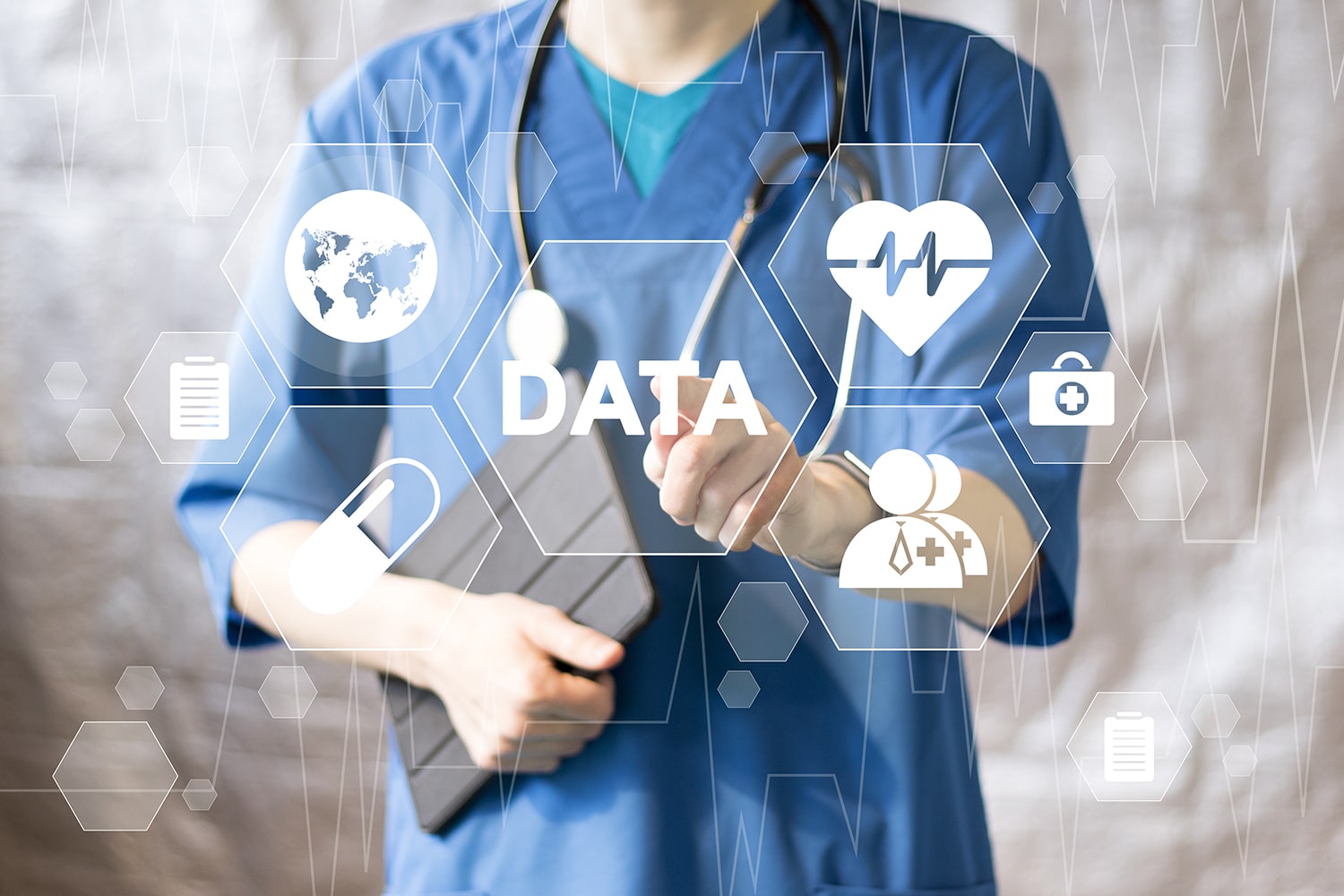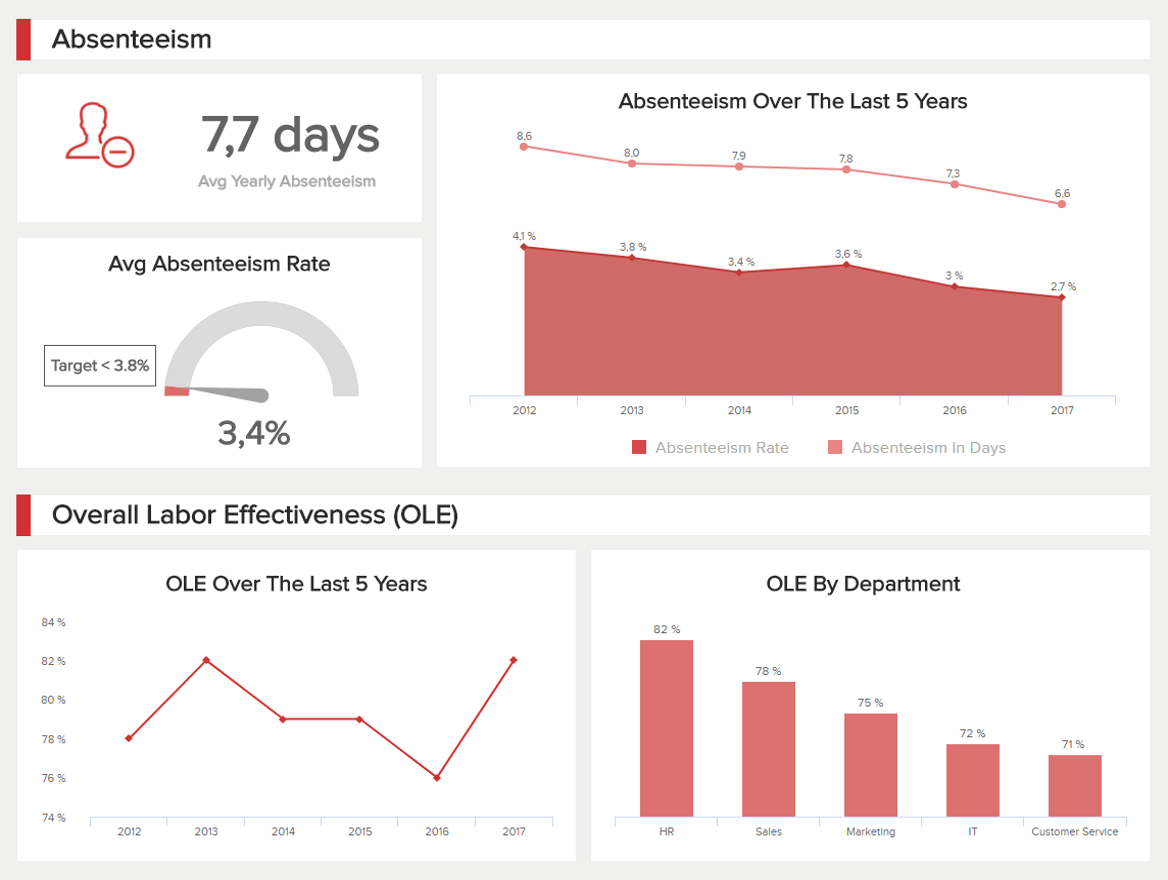
Big data has revolutionized data management and analysis across various sectors, with healthcare being one of the most impacted fields. Healthcare analytics holds immense potential, from cost reduction in treatments to predicting epidemics and preventing diseases, ultimately enhancing overall quality of life.
As global life expectancy rises, healthcare providers face new challenges in treatment delivery, prompting them to harness vast data resources and devise optimal strategies akin to those employed by business entrepreneurs.

Big data in healthcare refers to vast amounts of digital information collected from patients' records to enhance hospital performance. Its application yields life-saving outcomes by leveraging analytics to prevent epidemics, treat diseases, and reduce costs.
In modern healthcare, data-driven models prioritize early detection and personalized care, aiming to overcome data silos and streamline communication. Despite challenges in managing diverse data formats, smart technology enables efficient extraction from various sources like patient portals, wearable devices, and government databases.
With advancing technology, healthcare data analysis facilitates proactive problem-solving, faster treatment assessment, inventory management, patient empowerment, and improved care delivery.
Let’s explore 10 real-world applications that demonstrate how an analytical approach can improve processes, enhance patient care, and, ultimately, save lives.
Healthcare data analytics plays a crucial role in forecasting patient numbers for effective staffing decisions. In Parisian hospitals, this technology is revolutionizing how administrators plan their staffing schedules. By harnessing data from various sources, such as a comprehensive decade of admission records, hospitals can now predict patient numbers on a daily and even hourly basis.
This predictive capability is achieved through sophisticated techniques like time series analysis and machine learning, which allow data scientists to identify relevant patterns in admission rates and develop accurate algorithms for future predictions. This integration of Big data analytics into healthcare management represents a significant step forward in improving efficiency and effectiveness across the industry.
Electronic Health Records (EHRs) represent the most widespread application of Big data in medicine. Each individual possesses a comprehensive digital record containing vital information like demographics, medical history, and test results, accessible to public and private healthcare providers. EHRs streamline healthcare processes by enabling doctors to make real-time updates without paperwork or data duplication while facilitating alerts for necessary lab tests and prescription tracking.
Kaiser Permanente in the U.S. is a beacon of successful EHR integration, exemplified by their HealthConnect system. This comprehensive platform facilitates data sharing across facilities and enhances EHR usability. Notably, Kaiser Permanente's approach has led to improved outcomes in conditions like cardiovascular disease and significant cost savings through reduced office visits and lab tests, as highlighted in a McKinsey report on Big data healthcare analytics.
A prime example is the DrAid™ CT Liver Cancer solution developed by VinBrain (a subsidiary of Vingroup, Vietnam's largest conglomerate). Leveraging Artificial Intelligence (AI) and Big data, the platform provides clinical solutions to support doctors in automatically diagnosing abnormal liver tumors and assisting oncologists in treatment planning. The product utilizes multi-phase imaging technology: 3-phase and 2-phase CT scans to detect lesions, segment liver lesions, and measure the volume and diameter of lesions (DrAid™ can detect lesions as small as 5mm).
Recently, the DrAid™ CT Liver Cancer product also received the Gold Award for the Digital Innovation category at the 2024 ASEAN Digital Awards, marking a significant advancement and paving the way for businesses in developing countries to confidently collaborate in developing breakthrough AI and Big data solutions for healthcare.
Medical imaging plays a crucial role, with approximately 600 million imaging procedures conducted annually in the US alone. However, manual analysis and storage of these images are both time-consuming and costly. Radiologists must individually examine each image, while hospitals bear the expense of long-term storage.
Medical imaging provider Carestream highlights the potential of Big data analytics in healthcare to revolutionize image interpretation. By developing algorithms that analyze vast image datasets, specific patterns in pixels can be identified and converted into actionable insights for physicians.
Carestream even suggests a future where radiologists may no longer need to interpret images directly, relying instead on algorithm-generated outcomes that have studied and retained more images than humanly possible. Such a shift would undoubtedly reshape the role of radiologists, impacting their education and required skillset significantly.
Without a cohesive, engaged workforce, patient care will dwindle, service rates will drop, and mistakes will happen. But with big data tools in healthcare, it’s possible to streamline your staff administration activities in a wealth of key areas. By working with the right HR analytics, it’s possible for time-stretched medical institutions to optimize staffing while forecasting operating room demands, streamlining patient care as a result.
Too often, there is a significant lack of fluidity in healthcare institutions, with staff distributed in the wrong areas at the wrong time. This imbalance of personnel administration could mean a particular department is either too overcrowded with staff or lacking staff when it matters most, which can develop risks of lower motivation for work and increases the absenteeism rate. An HR dashboard, in this case, may help:

Through data-driven analytics, it’s possible to predict when you might need staff in particular departments at peak times while distributing skilled personnel to other areas within the institution during quieter periods.
Moreover, medical data analysis will empower senior staff or operatives to offer the right level of support when needed, improve strategic planning, and make vital staff and personnel management processes as efficient as possible.
Source:
https://www.datapine.com/blog/big-data-examples-in-healthcare/
Top